The Whitcoulls Kids’ Top 50 Books list for 2024/2025 was announced this morning. The Sapling’s Harriet Elworthy looks into the mechanisms of this influential poll.
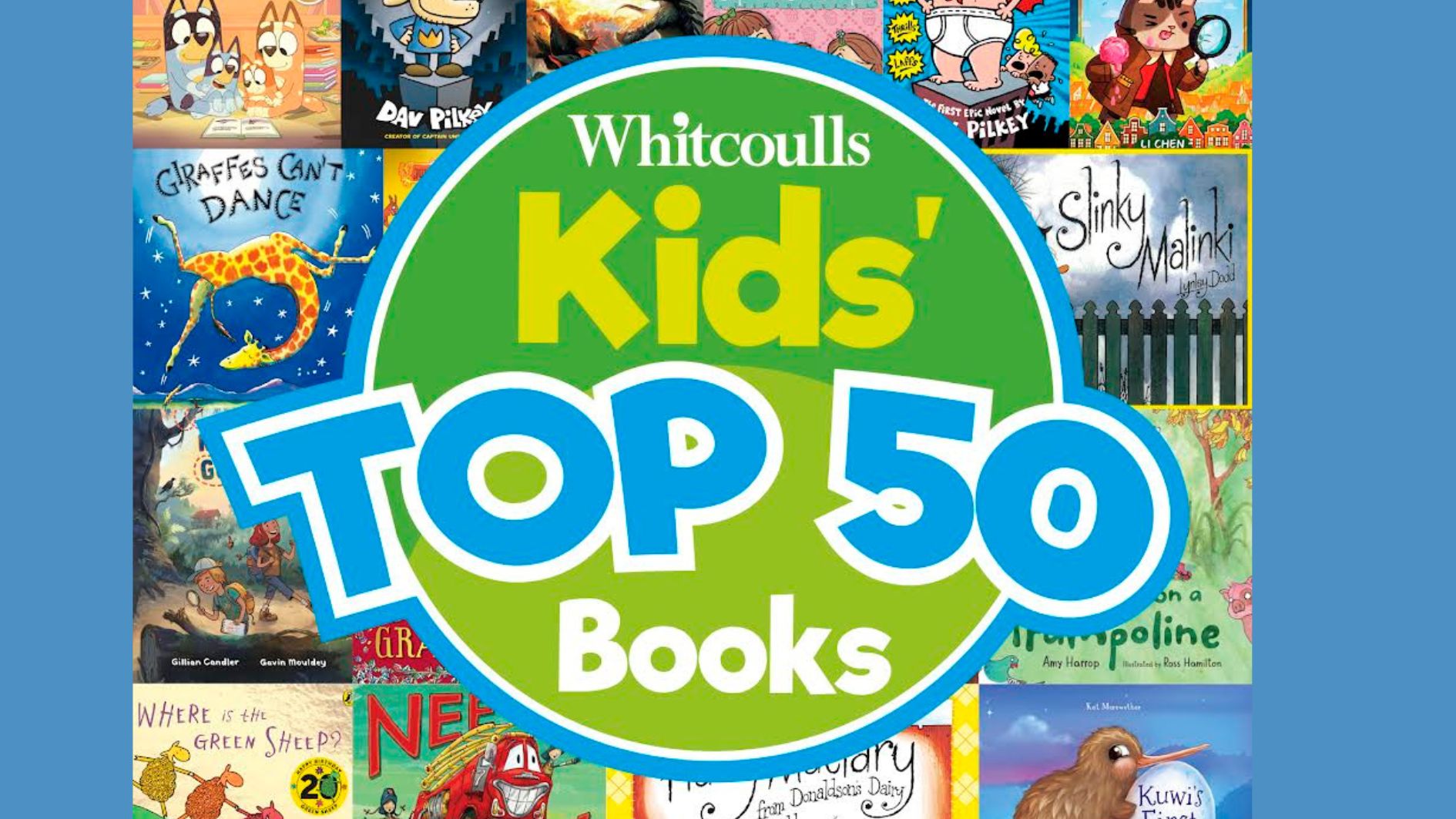
The Whitcoulls Kids’ Top 50 Books list has been running for 27 years. The list is based on the votes of readers, and is heavily promoted in Whitcoulls stores, print and online advertising.
A place on this list can have what Whitcoulls Books Manager Joan Mackenzie describes as ‘a very significant impact on sales’. Whitcoulls stores dedicate prime retail space to the titles on the list, which occupy a whole wall in the children’s section of every store as well as highly visible space on the Whitcoulls website.
Mackenzie describes the books on the list as a sure bet for parents and other caregivers to choose titles from, taking the risk out of selecting books for children as the titles are pre-approved by other children. She also notes that the list, and its prominent placement in stores, provides a helpful point of reference for Whitcoulls’ staff members. They can’t possibly be familiar with all the books they stock, but the list gives them something to point to when asked for recommendations on children’s titles.
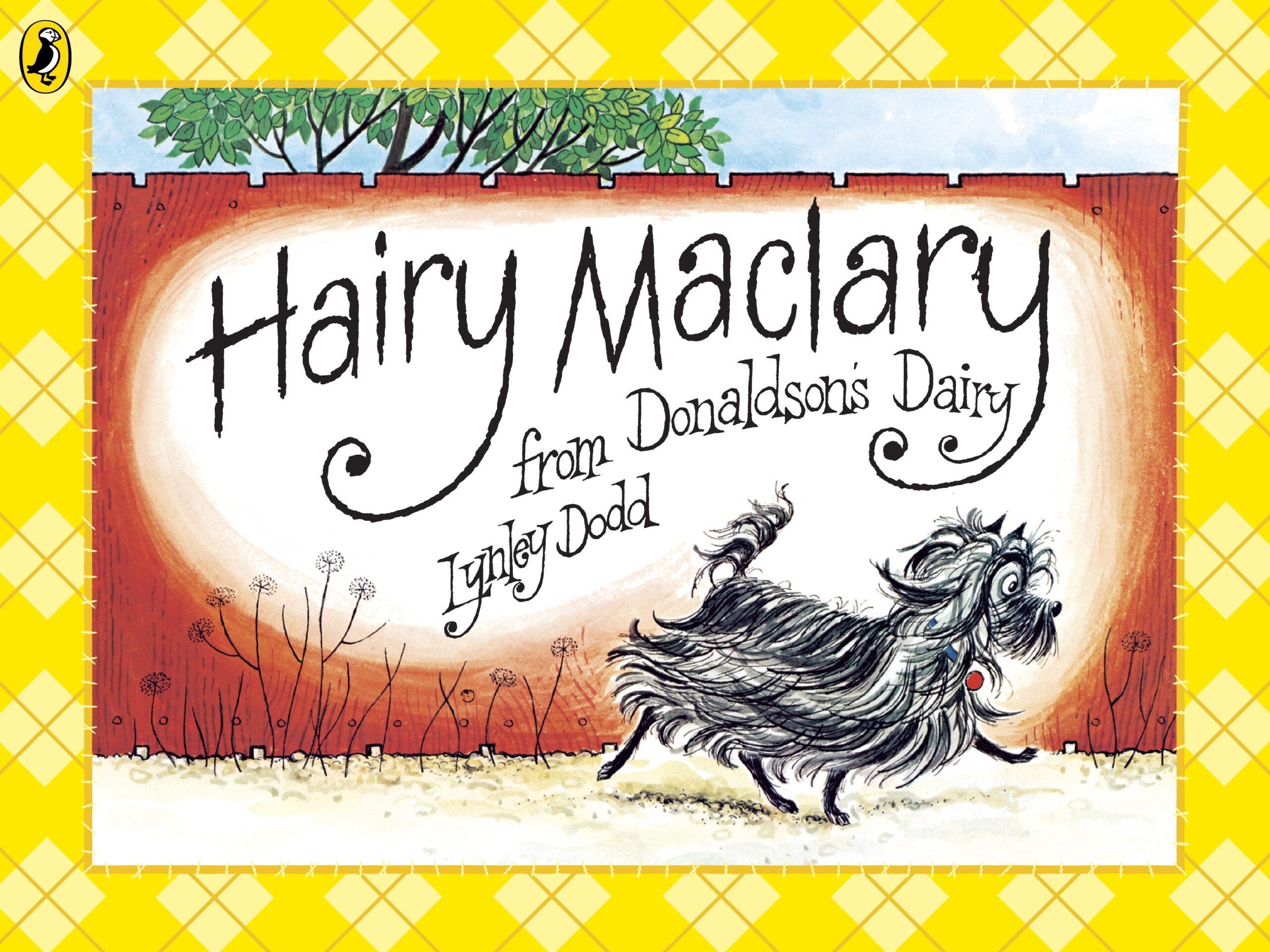
This year’s list is released in time for the school holiday break at the end of term three, but is obviously well timed for Christmas sales too. Mackenzie notes that the Top 50 shelves in store ‘just get stripped’ and require constant reloading in the December rush of Christmas sales. She says, ‘I think for a lot of people it’s a destination’ – shoppers come into the store in order to buy the new titles from the list.
So, how is this influential list created?
Voting is open for four months every year. Voting forms are available in stores and online voting is available on the Whitcoulls website too. A social media campaign encourages children to vote for their favourite books and all voters are offered the chance to win a $100 Whitcoulls voucher. Most votes are made on paper forms handed over the counter in stores, unlike the adults’ Top 100 list which is mostly voted for online.
The form has room to nominate three titles. The online voting form includes an auto-fill function, which aims to avoid votes being spoiled by spelling errors or slightly-misremembered titles. Mackenzie notes that voters should be able to add their own choices if the auto-fill function doesn’t recognise a title, but I did find this difficult when attempting to add one of my own choices in voting earlier this year.
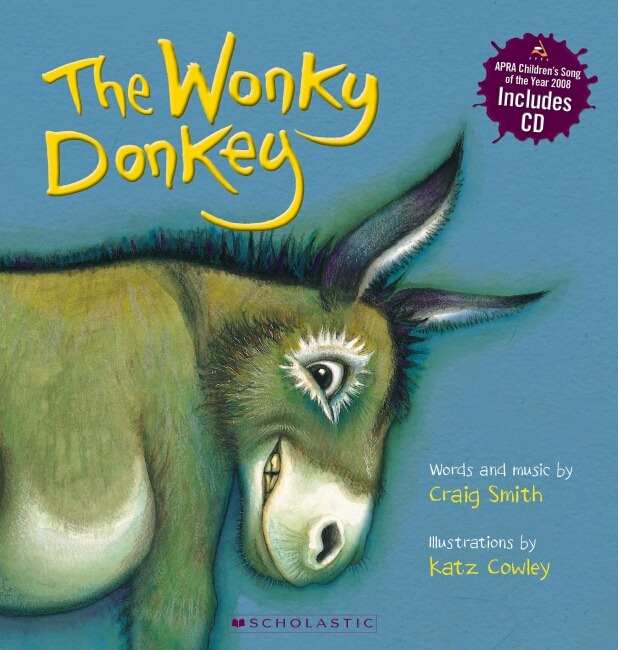
Whitcoulls doesn’t collect any demographic information on who places votes but Mackenzie says that it is clear that the writing on the vast majority of voting forms is by children (with the contact phone number provided in an adult’s handwriting). She also says that the children who vote often ‘give us all of their enthusiasm’ for their favourites by illustrating and decorating voting cards with characters and motifs from the books.
An exact tally of votes wasn’t recorded but Mackenzie says that they receive ‘thousands of votes. Like thousands’. An ‘army of people’ collate votes over a four week period at Whitcoulls head office, cleaning up data, connecting books in series and entering all the books into a master spreadsheet, which aggregates the 50 most popular books.
Mackenzie says that the titles on the kids list are much more consistent than those on the annual adults’ list. She thinks that this represents the power of enduring classics (Lynley Dodd’s Hairy Maclary tops the list for a second year running this year). It probably also reflects the impact of hugely popular (mostly international) series on kids’ reading; the release of a Treehouse title by Andy Griffiths and Terry Denton every year near Christmas time must do wonders for keeping the whole series top of mind, for instance!
A poll such as this is clearly open to influence by personal or professional campaigns for votes, and Mackenzie confirms that the results can sometimes illustrate the effect of authors or publishers lobbying for votes. She points to Edmonds My First Cookbook as an example – last year Edmonds Cooking used its considerable reach on social media to encourage votes for the book and it made the list at number 31. The book has dropped off the list again this year.
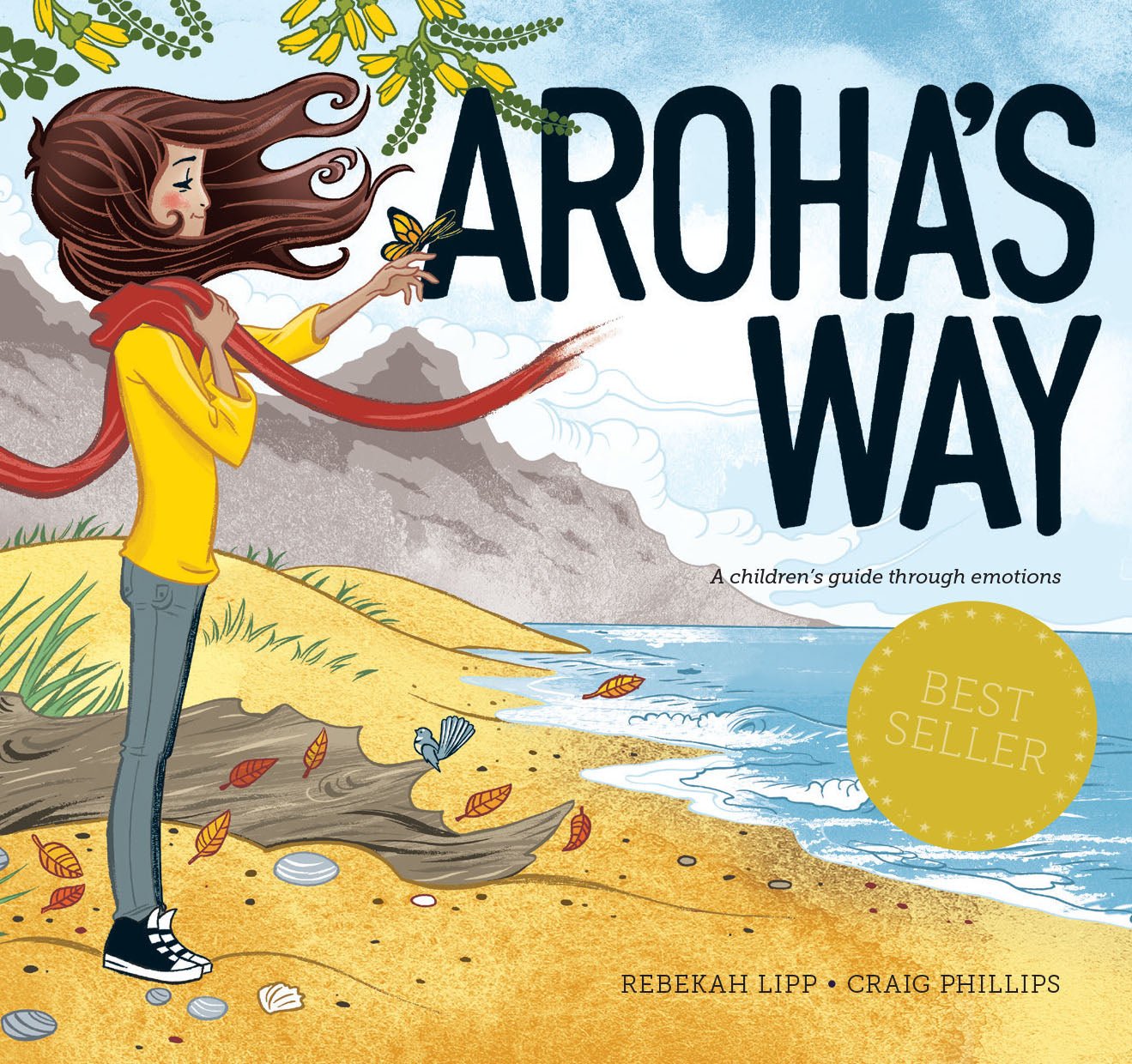
Local author James Russell is a savvy marketer, and has encouraged his readers to vote for his books via his mailing list, on social media and through the 60-odd visits he makes to schools each year. All three of his popular series have made the list again this year – The Dragon Brothers Trilogy, The Dragon Defenders and Children of the Rush.
The press release announcing this year’s list proudly proclaims that ‘36% of books on the Top 50 are from New Zealand writers’, and Mackenzie notes that representation by New Zealand authors remains fairly consistent, though the actual books on the list changes each year. She thinks that this reflects the importance of local stories to children.
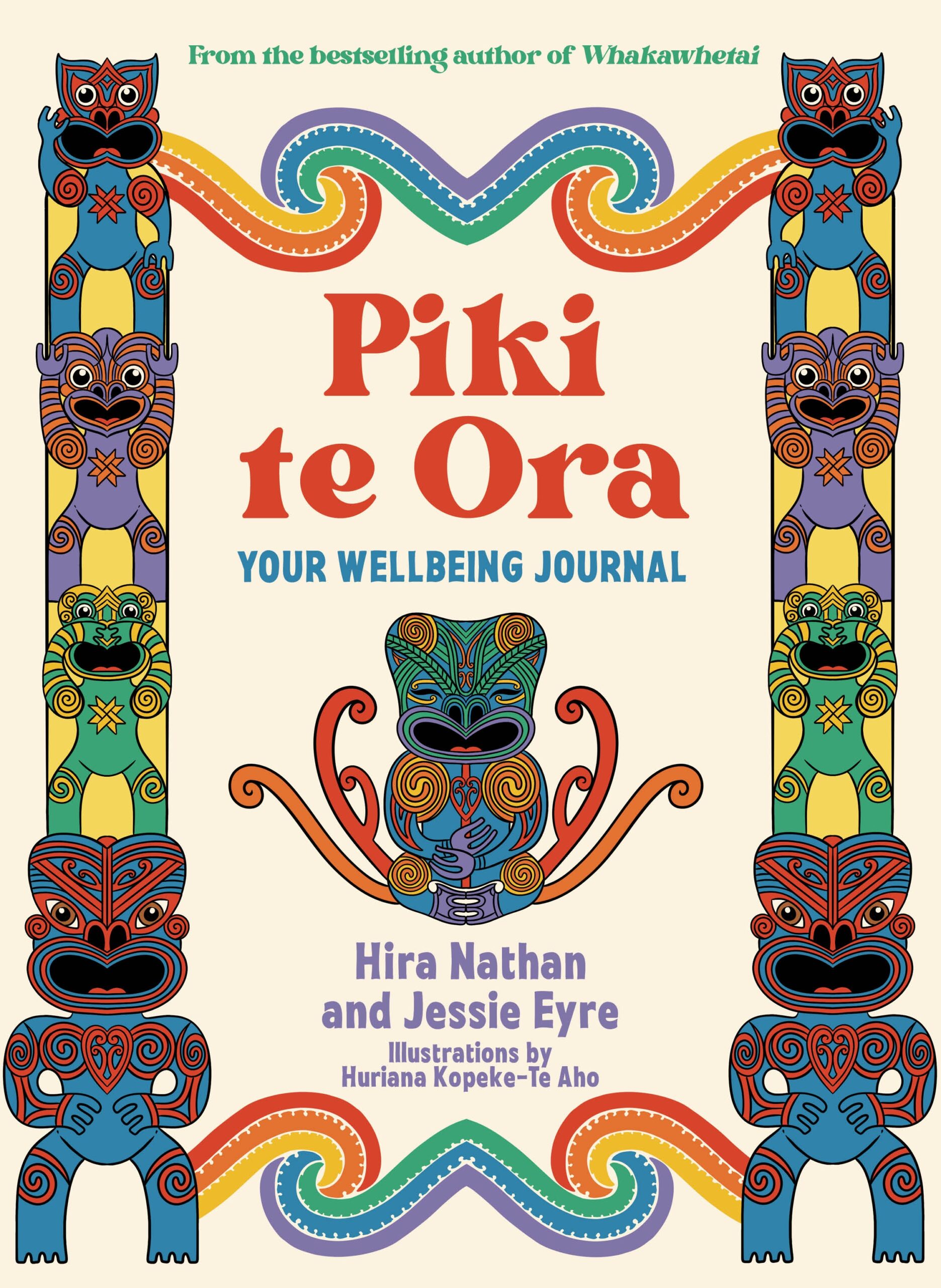
I wonder though if 36% is really high enough, when there are so many wonderful books being written, illustrated and published for children in New Zealand? This question aside, it is wonderful to see some new local books on the list – such as Li Chen’s Detective Beans and the Case of the Missing Hat and Mia and Leo Go Wild by Gillian Candler and Gavin Mouldey. And to see that local classics like The Little Yellow Digger continue to gain new readers.
The full list is below…
- Hairy Maclary from Donaldson’s Dairy by Lynley Dodd
- Harry Potter series by J.K.Rowling
- Dog Man series by Dav Pilkey
- Kuwi’s First Egg by Kat Quin
- The Very Hungry Caterpillar by Eric Carle
- Diary of a Wimpy Kid series by Jeff Kinney
- The Little Yellow Digger by Betty & Alan Gilderdale
- The Gruffalo by Julia Donaldson & Axel Scheffler
- The Rainbow Fish by Marcus Pfister
- Wings of Fire series by Tui T. Sutherland
- The Wonky Donkey by Craig Smith & Katz Cowley
- Nee Naw the Little Fire Engine by Deano Yippadee & Paul Beavis
- Aroha’s Way by Rebekah Lipp & Craig Phillips
- Mia & Leo Go Wild by Gillian Candler & Gavin Mouldey
- The Treehouse series by Andy Griffiths & Terry Denton
- Dragon Defenders series by James Russell
- We’re Going On A Bear Hunt by Michael Rosen & Helen Oxenbury
- Children of the Rush series by James Russell
- Baa Baa Smart Sheep by Mark & Rowan Sommerset
- Percy Jackson series by Rick Riordan
- Sunflowers Don’t Grow in Winter by Emily Holdaway & Craig Phillips
- The Bad Guys series by Aaron Blabey
- Detective Beans & the Case of the Missing Hat by Li Chen
- Keeper of the Lost Cities series by Shannon Messenger
- Where’s Spot? by Eric Hill
- Piki te Ora: Your Wellbeing Journal by Hira Nathan & Jessie Eyre
- Guess How Much I Love You by Sam McBratney & Anita Jeram
- Room on the Broom by Julia Donaldson & Axel Scheffler
- Cat Kid Comic Club series by Dav Pilkey
- The Cat in the Hat by Dr Seuss
- Dragon Brothers series by James Russell
- Where the Wild Things Are by Maurice Sendak
- Dear Zoo by Rod Campbell
- The Baby-Sitters Club by Ann M.Martin
- Charlie & the Chocolate Factory by Roald Dahl
- Oh, the Places You’ll Go! by Dr Seuss
- The Adventures of Captain Underpants series by Dav Pilkey
- The Tiger Who Came to Tea by Judith Kerr
- Wolf Girl series by Anh Do
- Slinky Malinki by Lynley Dodd
- Bluey Treasury
- Matilda by Roald Dahl
- How do I Feel? by Rebekah Lipp & Craig Phillips
- Goat on a Trampoline by Amy Harrop & Ross Hamilton
- Dragon Girls series by Maddy Mara
- Where is the Green Sheep? by Mem Fox & Judy Horacek
- Gangsta Granny by David Walliams
- Giraffes Can’t Dance by Giles Andreae & Guy Parker-Rees
- Kiwicorn by Kat Quin
- Ella & Olivia series by Yvette Poshoglian & Danielle McDonald
What do you think of this year’s list? We’re interested in the opinions of Aotearoa’s book community on the list and its influence – we’d love to hear your thoughts on Facebook, or do get in touch if you’d like to write a response to the list for The Sapling.
Harriet is a reader, Playcentre kaiako and facilitator and a parent. She has a background in the book trade, as an editor and bookseller. She finds reward in supporting new parents in her work at Space, taking book recommendations from her children and spending time outdoors. She lives in Te Whanganui-a-Tara with her family.



